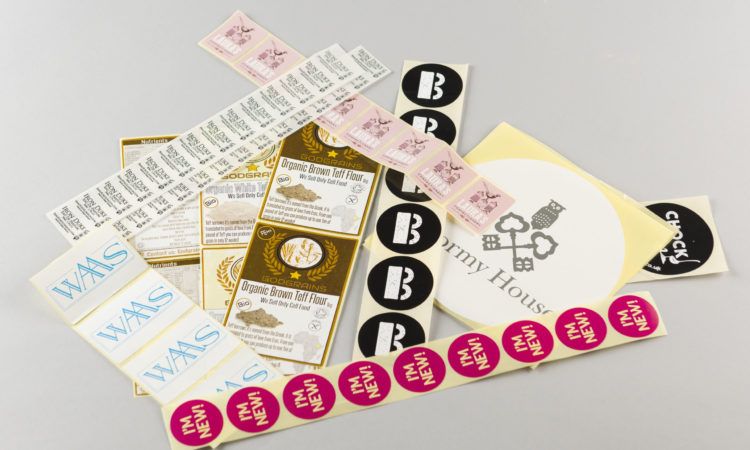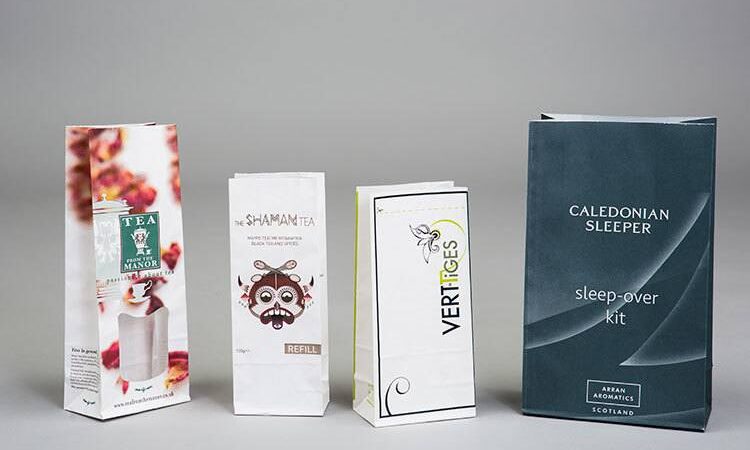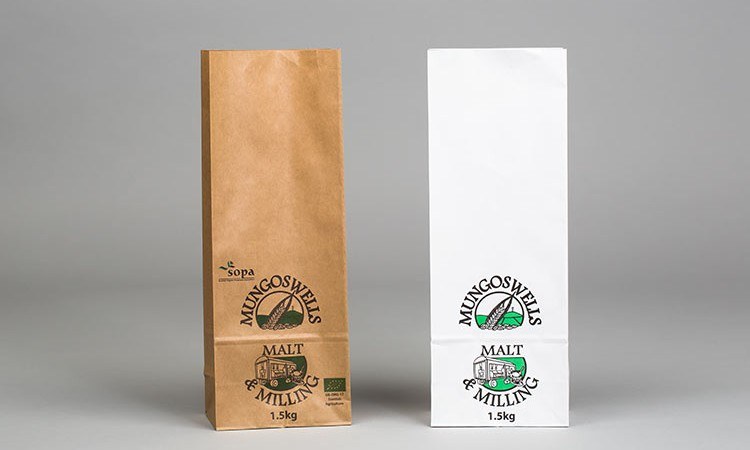E-commerce has revolutionised the way consumers shop and businesses operate, resulting in significant impacts on packaging trends, materials, and design. In this fast-paced, digitalised world, customers demand both convenience and environmental responsibility when purchasing online. Therefore, companies face the complex task of balancing these requirements, ensuring their packaging solutions cater to these evolving expectations.
Charlotte Express Packaging, a trusted supplier of high-quality packaging products, supports your business in navigating the intricacies of e-commerce packaging trends and finding the perfect blend of convenience and sustainability. In this article, we will examine the influences of e-commerce on packaging, highlight the challenges in striking this balance, and reveal how Charlotte Express Packaging can provide the expertise and solutions your business needs to excel in today’s environmentally conscious, convenience-driven online market.
Key Influences of E-commerce on Packaging Trends
The rise of e-commerce has undeniably shifted packaging trends in various ways. Here are some key influences to consider:
1. Increased Demand for Protective Packaging: As products undergo extensive transit, often through multiple distribution centres before reaching the end customer, protective packaging has become an essential requirement in the e-commerce landscape.
2. Customisation and Branding: E-commerce has amplified the importance of customisation and branding to create memorable customer experiences. This extends to packaging design where unique patterns, shapes, and colour schemes provide a sense of cohesion and identity to online retailers.
3. Adapting to Various Product Types: With e-commerce platforms catering to a vast range of product types, packaging must adapt and conform to the specific requirements and limitations of each item.
4. Focus on Sustainability: E-commerce has accelerated the need for sustainable packaging solutions due to increased consumer awareness and heightened concern for the environment.
Challenges in Balancing Convenience and Sustainability
E-commerce businesses must navigate the challenges of finding the right balance between providing convenient packaging for customers and ensuring environmental sustainability. The following are some common challenges faced:
1. Material Selection: Balancing the use of sustainable materials and maintaining the protective qualities necessary for e-commerce shipping can be challenging. Businesses must consider factors such as biodegradability, recyclability, weight, and cost when selecting packaging materials.
2. Shipping Efficiency: E-commerce has led to an increase in package deliveries, which may result in increased greenhouse gas emissions. Businesses must account for this when determining packaging efficiency, optimising packaging shapes and sizes to reduce transport costs and carbon emissions.
3. Reverse Logistics: Ensuring the ability for easy returns or exchanges is vital in e-commerce. However, the sustainability of packaging materials may affect the strength and reusability of the package during reverse logistics, presenting a challenge for businesses balancing convenience and eco-friendliness.
Sustainable Packaging Solutions for E-commerce
Striking the balance between sustainability and convenience is achievable with the following options:
1. Recyclable Materials: Introducing recyclable materials like cardboard, paper, or biodegradable plastics can significantly reduce a package’s environmental impact, while delivering solid protection to products during transit.
2. Minimising Packaging: Over-packaging not only leads to waste, but also increases shipping costs. By optimising packaging sizes and eliminating unnecessary packaging layers, you can reduce waste, shipping costs, and the burden on the environment.
3. Reusable Packaging: Encouraging consumers to return and reuse packaging for future purchases or returns can increase packaging sustainability while ensuring convenience.
4. Educating Consumers: Inform customers about the eco-friendly steps taken in your packaging to increase environmental awareness and to showcase your company’s commitment to sustainability.
How Charlotte Express Packaging Helps Your Business Achieve the Balance
Partnering with Charlotte Express Packaging can support your e-commerce business in navigating the complexities of striking a balance between convenience and sustainability. Our solutions include:
1. A Wide Range of Sustainable Packaging Options: We offer an extensive range of environmentally friendly packaging materials, designed to cater to your business’s unique packaging needs. These options include recyclable, biodegradable, and compostable materials that uphold sustainability while preserving the overall packaging quality.
2. Customisable Packaging Solutions: From branding and design to size and shape, our team at Charlotte Express Packaging is well-versed in providing customised packaging solutions to meet the demands of your e-commerce setup, ensuring a unified brand image that resonates with customers.
3. Expertise in E-commerce Packaging: Our experience in working closely with e-commerce businesses allows us to understand the unique challenges faced by online retailers. With this knowledge, we guide clients in developing robust, functional, and eco-friendly packaging solutions that safeguard products and enhance brand image.
4. Quality Assurance and Responsiveness: At Charlotte Express Packaging, we focus on delivering excellent quality products and efficient service, enabling your e-commerce business to operate smoothly and stay ahead of the curve in the continually evolving online market.
Achieve the Perfect E-commerce Packaging Equilibrium with Charlotte Express Packaging
The rise of e-commerce has significantly impacted packaging trends, necessitating a fine balance between convenience and sustainability. As an e-commerce business, it is essential to choose the right packaging solutions that cater to your customers’ expectations and highlight your commitment to protecting the environment. Charlotte Express Packaging is dedicated to providing innovative, eco-friendly, and customisable packaging solutions that help you navigate this delicate balance with ease, ensuring both the satisfaction of your customers and the success of your business.
Let our team of experts assist you in achieving the optimal packaging equilibrium, creating memorable and sustainable packaging for your online store. Explore the wide range of packaging options on offer at Charlotte Express Packaging and elevate your e-commerce business to remarkable heights of success. Visit our website today!





